Hallucinogen Honey Hunters of Nepal: A Taste of Adventure and Tradition
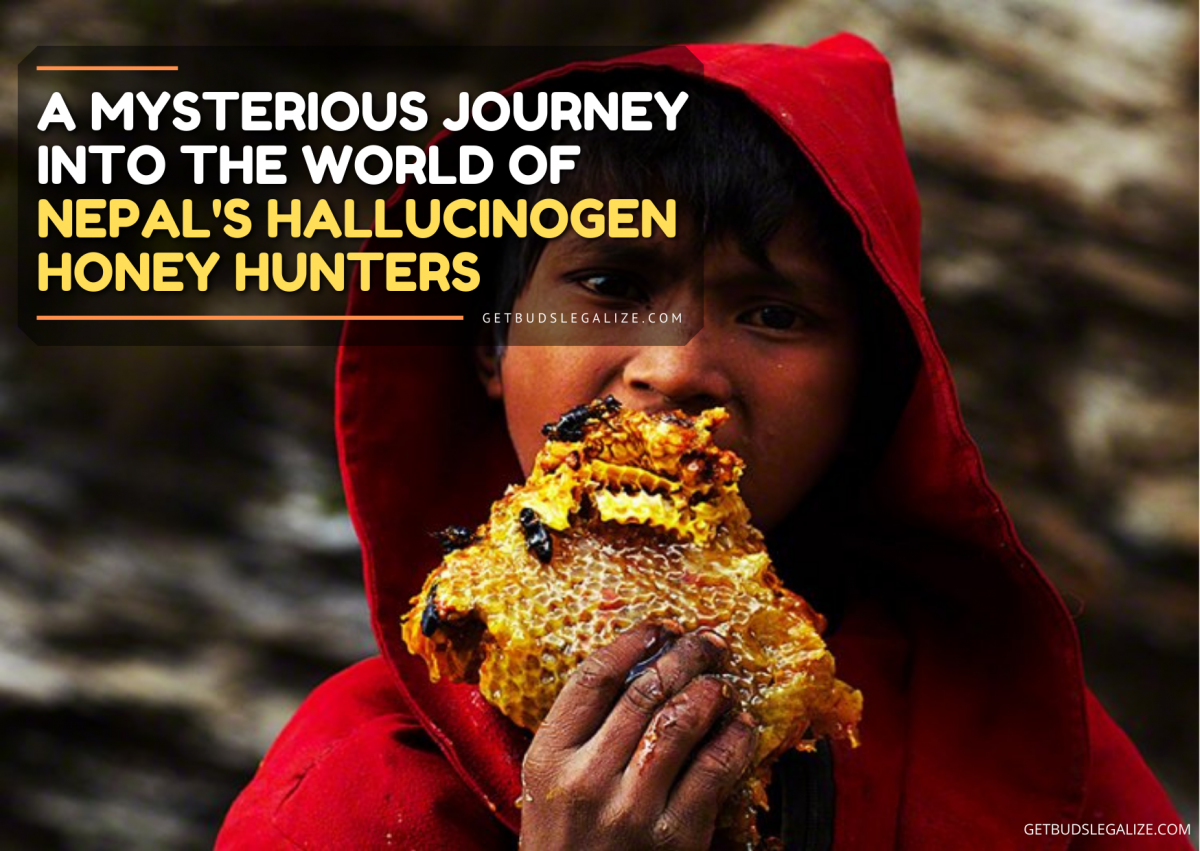


The Hallucinogen Honey Hunters of the Himalayas: A Daring Tradition Steeped in Mystery
Discover the Mesmerizing World of the Himalayan Honey Hunters
Deep in the towering cliffs of the Himalayas, the Gurung tribe of Nepal carries on an extraordinary and dangerous tradition—the harvest of hallucinogenic honey, also known as mad honey. This ancient practice is a testament to human resilience, bravery, and the intricate connection between nature and spirituality.
In this adventure, honey hunters scale cliffs hundreds of feet high, defying death to collect a unique honey that holds both medicinal and hallucinogenic properties. Let’s explore this incredible ritual, its cultural significance, and why the art of honey hunting may soon be lost forever.
What is Hallucinogenic Honey?
Mad honey is a rare type of honey that contains grayanotoxins, natural neurotoxins found in the nectar of the rhododendron flowers in Nepal. These toxins give mad honey its hallucinogenic properties, causing symptoms like lightheadedness, euphoria, and hallucinations when consumed in moderate amounts. Overconsumption, however, can lead to more severe reactions.
The Daring Lives of Nepal's Honey Hunters: Guardians of a Sacred Tradition
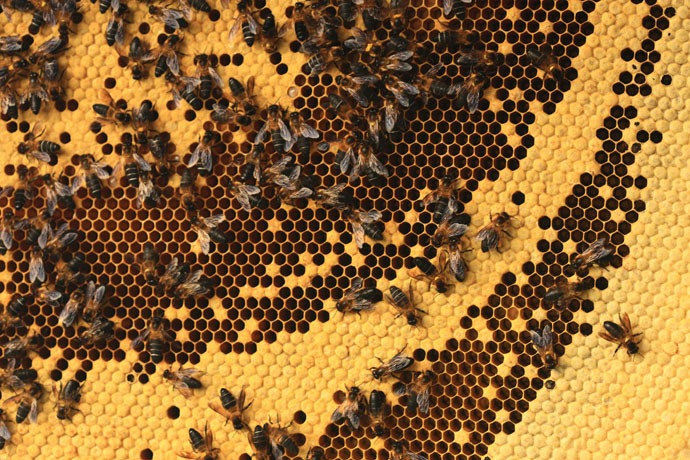

The Gurung Tribe: Keepers of an Ancient Craft
For centuries, the Gurung people have been the custodians of honey hunting in the central Himalayas of Nepal. This isn't just a practice; it's a cultural and spiritual event steeped in rituals and ceremonies. The honey they collect isn’t just a product of their labor; it’s a symbol of their relationship with the land, the bees, and their ancestors.
Why the Honey Hunt Matters to the Gurung People
For the Gurung tribe, honey hunting represents more than survival. It's an integral part of their identity, where rituals and prayers are offered before every hunt to appease the mountain gods and ensure safety. This profound connection to nature is celebrated twice a year during honey-harvesting festivals.


The High-Risk Journey: How Honey Hunting Is Done
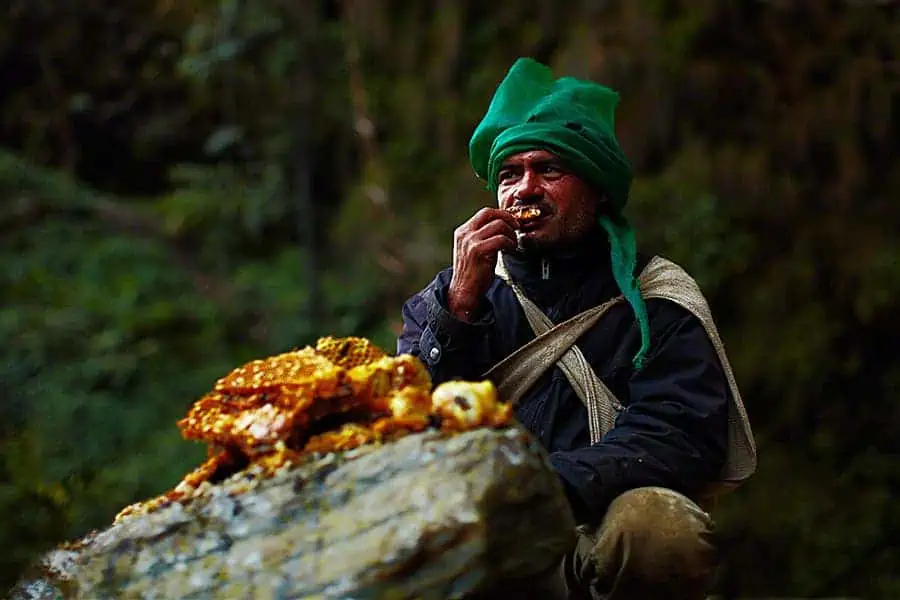
Step 1: Preparing for the Climb
Before the hunters ascend, they undergo a sacred purification ritual, including prayers and offerings to the gods believed to protect them during their perilous mission. This preparation is essential, as it ensures the favor of the spirits and sets the tone for the difficult journey ahead.
Step 2: Scaling the Cliffs
Once the prayers are complete, the real danger begins. The honey hunters climb cliffs, often exceeding 300 feet in height, using only hand-made bamboo ladders and ropes. Equipped with just the essentials—smoke to calm the bees, a basket to collect honeycombs, and a sharp tool called a tango—they face swarming bees and extreme heights.
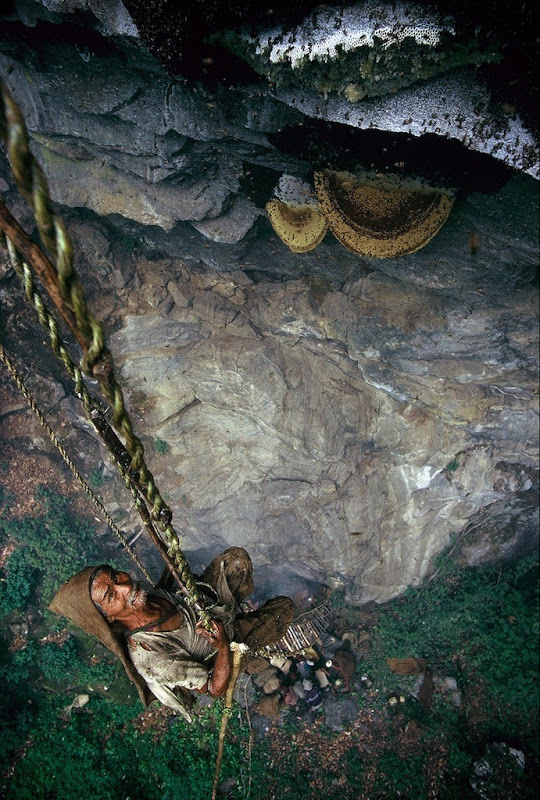
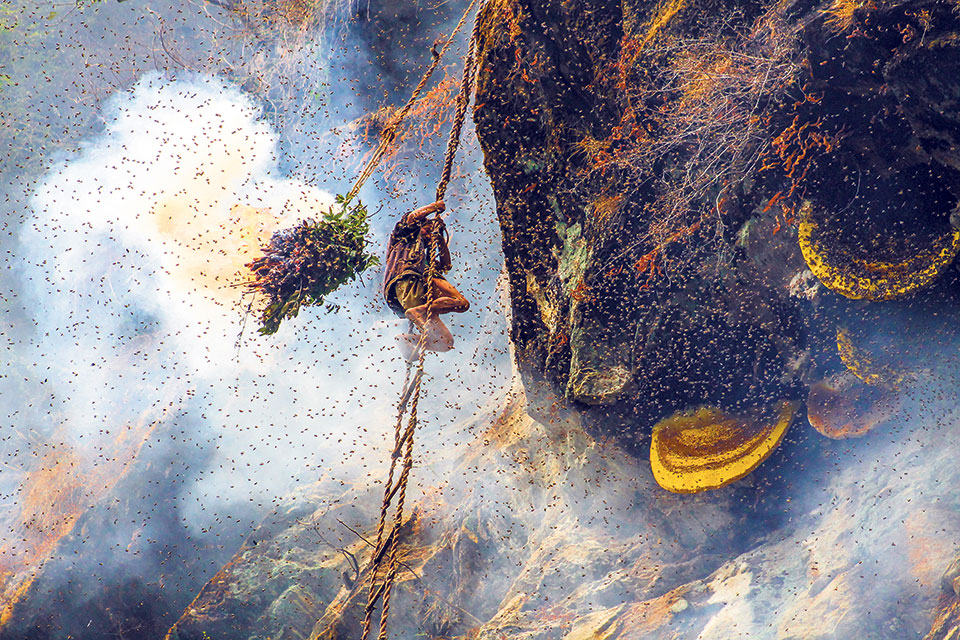
Step 3: Harvesting the Honey
The bees, Apis laboriosa, the largest in the world, are known for their aggression when disturbed. The hunters must use smoke to sedate them long enough to gather the honey. With their hands exposed to hundreds of stings, they delicately cut the honeycomb and collect the honey in baskets, descending cautiously as they gather their prized nectar.
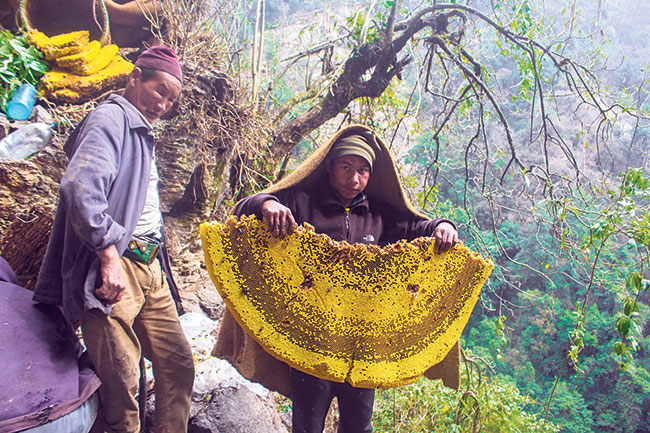
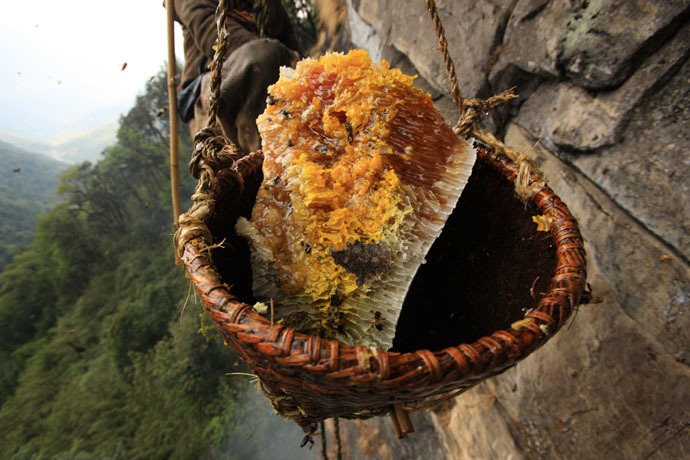
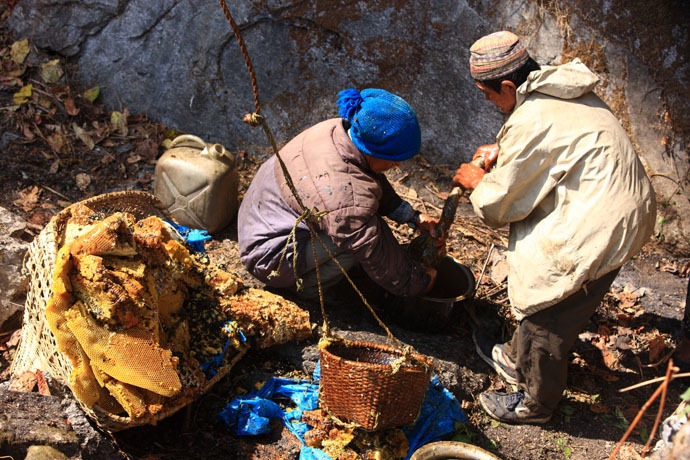 Images source: Éric Tourneret, Eric Valli
Images source: Éric Tourneret, Eric Valli

Hallucinogenic Honey: More Than Just a Sweet Treat
The Psychoactive Powers of Mad Honey
The honey harvested by the Gurung tribe has gained global attention for its hallucinogenic effects. Thanks to the grayanotoxins present in rhododendron nectar, this honey produces a range of experiences when consumed. From mild euphoria to full-blown hallucinations, this is no ordinary honey.
Why People Risk It All for Mad HoneyBeyond its psychoactive effects, mad honey is also valued for its medicinal properties. It’s used traditionally to:
- Lower blood pressure- Improving sexual stamina
- Relieving joint pain
- Boosting energy
However, it’s important to note that too much mad honey can lead to severe side effects, such as nausea, dizziness, and confusion.
Threats to an Ancient Tradition: Can Honey Hunting Survive Modern Times?

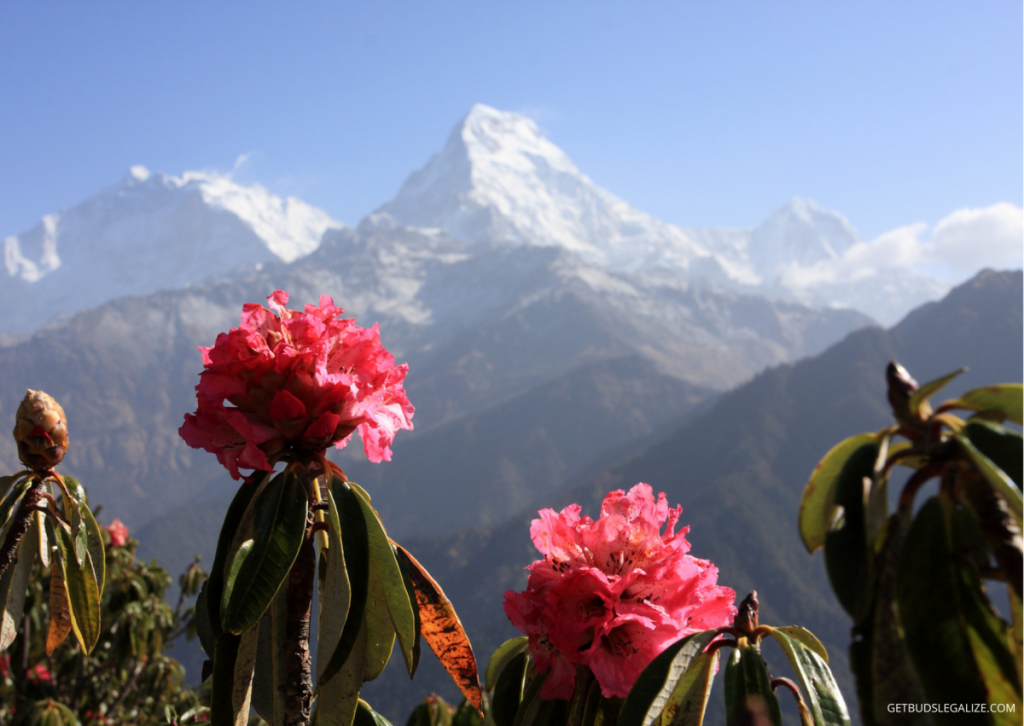 Himalayan Red Rhododendron
Himalayan Red RhododendronThe Decline of Honey Hunting in Nepal
The ancient art of honey hunting is on the brink of extinction. Modernization, deforestation, and commercialization are rapidly eroding this centuries-old tradition. As younger generations gravitate toward urban life and tourism, fewer people are willing to undertake the dangerous practice of honey hunting.
The Impact of Commercial ExploitationIncreased global demand for hallucinogenic honey has put added pressure on the environment. Overharvesting is threatening the delicate balance between the bees, the rhododendron flowers, and the ecosystem. Furthermore, as more tourists flock to witness the honey hunts, there’s a growing concern that this sacred practice is being commodified.
Can Sustainable Tourism Save Honey Hunting?
Tourism offers a dual-edged sword for the Gurung people. While it generates essential income that helps sustain their cultural heritage, it also brings risks of over-commercialization and environmental degradation. Embracing sustainable tourism practices could strike a balance, allowing the rich tradition of honey hunting to thrive while safeguarding the bees and their natural habitats.


The Health Risks of Mad Honey: How Much Is Too Much?
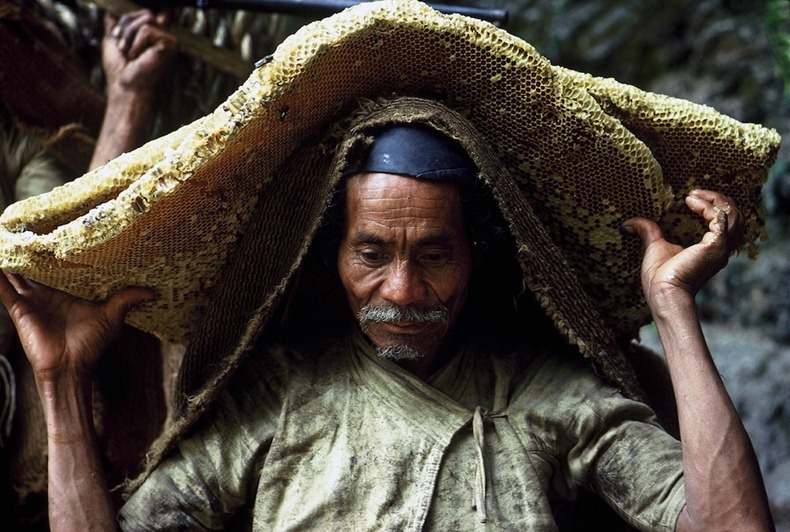
The Side Effects of Hallucinogenic Honey
While mad honey can offer numerous benefits, it comes with risks. Consuming too much can lead to:
- Dizziness- Low blood pressure
- Nausea
- Hallucinations
- In severe cases, mad honey poisoning, which requires medical attention.
It’s important for those trying mad honey to do so cautiously and understand the potential side effects. It’s not a substance to be taken lightly.
Correlated article:

The Epidemic Rise of Synthetic Drugs: an In-Depth Analysis


Preserving the Legacy of Nepal's Hallucinogenic Honey Hunters
The Future of Honey Hunting
The future of honey hunting lies in the balance between tradition and modernization. Conservation efforts are underway to preserve both the ecosystem that supports the bees and the cultural heritage of the Gurung people. Protecting this unique practice requires careful management of resources, ethical tourism, and the passing of knowledge to future generations.
How You Can Support Ethical Honey Hunting
Tourists can play a pivotal role in ensuring the sustainability of honey hunting. By supporting eco-friendly tours and purchasing ethically sourced honey, you contribute to the conservation of bees and the survival of an ancient way of life. Responsible tourism ensures that both the environment and the Gurung culture are preserved for future generations.
Conclusion: A Tradition Hanging by a Thread
The world of the Himalayan Hallucinogen Honey Hunters is as dangerous as it is fascinating. This ancient tradition, with its mix of mysticism, risk, and reward, offers a rare glimpse into a culture that defies modernity.
Yet, as the world changes, so does the delicate balance of this tradition. With conservation efforts and sustainable tourism, we can help protect this endangered practice, ensuring that the Gurung people continue to carry on their legacy for generations to come.
IMAGE SOURCE: Andrew Newey, Éric Tournere, Eric Valli
https://vimeo.com/213138285Vice Mad Honey Documentary
FAQs about Hallucinogen Honey Hunters
Why Do People Hallucinate After Eating Nepalese Honey?
The key reason people hallucinate after consuming Nepalese honey is the presence of grayanotoxins, which are found in the nectar of rhododendron flowers. This honey, produced by giant Himalayan bees, contains these toxins, which affect the nervous system and can induce symptoms like dizziness, nausea, and hallucinations when consumed in larger quantities.
https://getbudslegalize.com/the-nepals-hallucinogen-honey-hunters/
Commenti
Posta un commento